Aircraft manufacturers in Japan haven’t successfully introduced an airliner for decades. But the country’s leadership wants to change that.
Early in 2023, Mitsubishi in Japan officially abandoned its SpaceJet (originally the Mitsubishi Regional Jet or MRJ), a regional airliner roughly the size of the Embraer E175. This aircraft used lightweight metal alloys and composites, state-of-the-art high-by-pass turbofans, AND ticked all the boxes for use in the U.S. regional market.
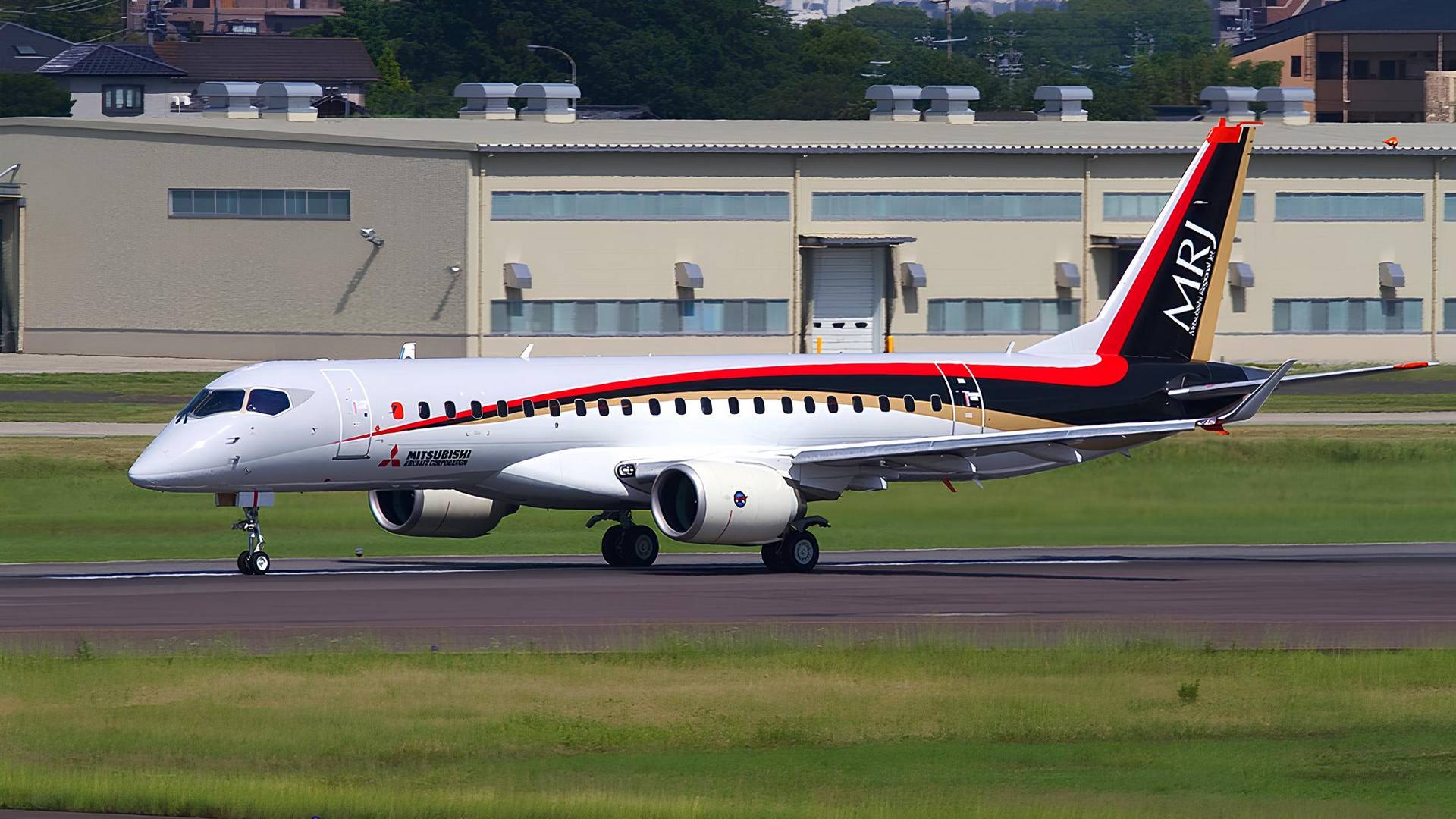
In reality, Mitsubishi had canceled the SpaceJet around two-and-a-half years earlier, in late 2020. Mitsubishi diverted resources for the aircraft towards military projects. The pandemic was a key factor in this decision, but it wasn’t alone.
Well before that, the program had suffered many delays, because of changes made in its structure and size, to meet the needs of its intended market. The SpaceJet would have been the first airliner to come from Japan since the NAMC YS-11. This turboprop entered service in 1965, but its production ended less than a decade later. Some military variants remained in service until 2021.
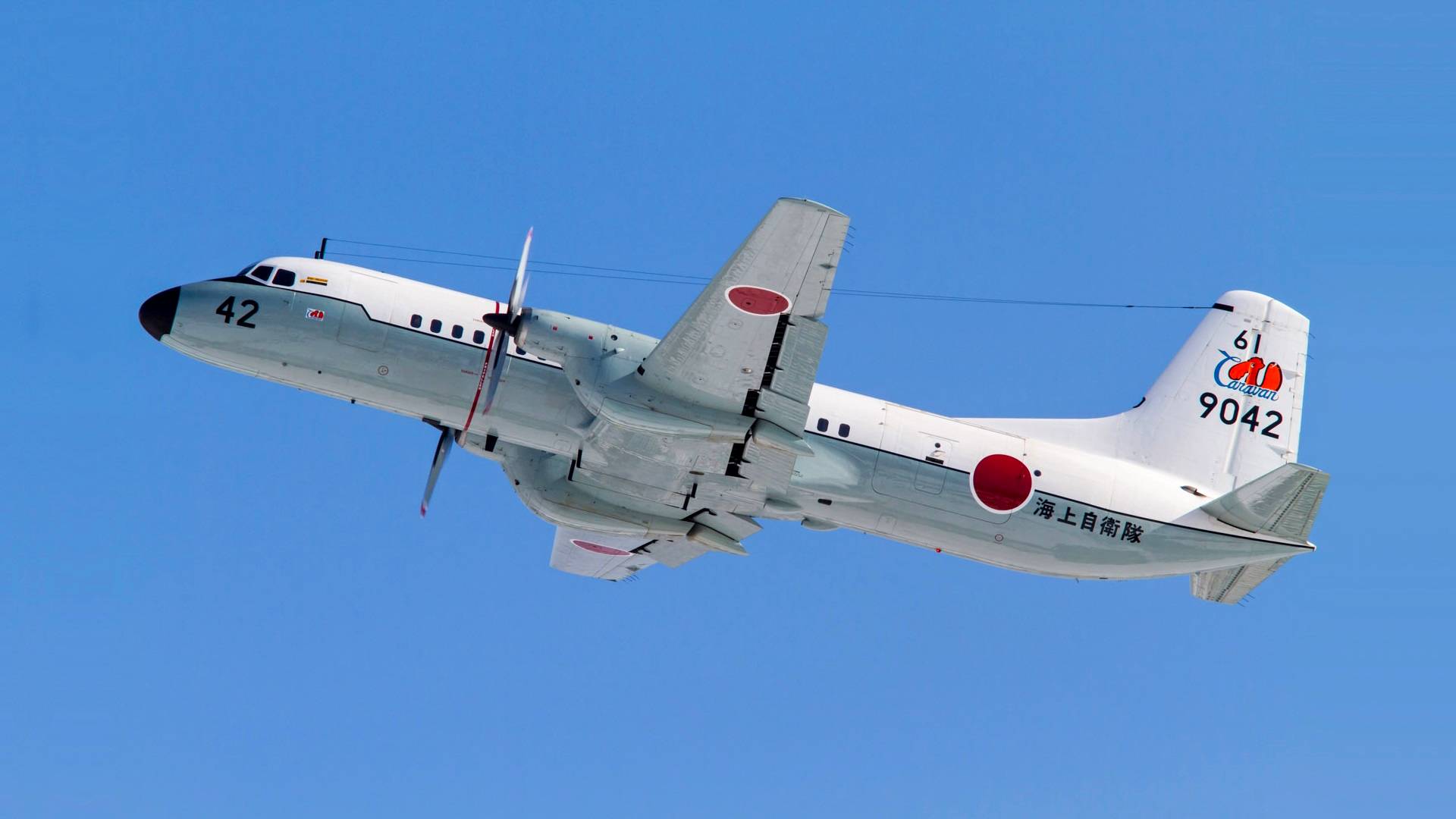
Before the SpaceJet’s cancelation, Mitsubishi built as many as eight test aircraft – although it’s unclear if all of them were completed. Flight testing of the aircraft was at an advanced stage when the project’s “freezing” and eventual cancelation took place.
Japan Pursues A New Airliner – Running On Hydrogen
But now, Japan’s Ministry of Economy, Trade, and Industry is planning to make a substantial investment in a new airliner. The plan is to create a public-private partnership, amounting to a 4 trillion yen ($26.46 billion) investment.
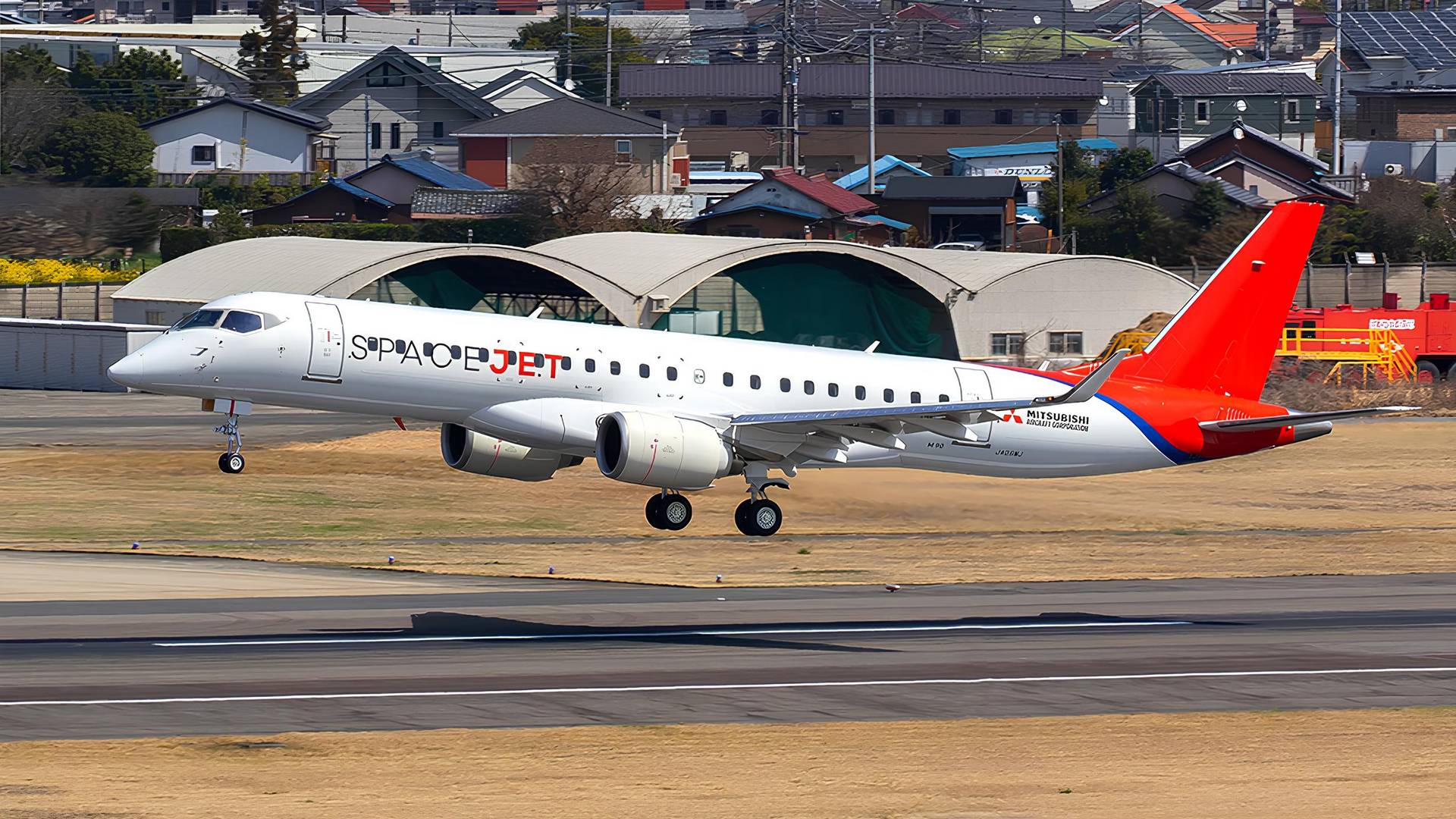
This amount is considerably more than what a typical airliner’s development costs. But Japan has invested heavily in hydrogen infrastructure in previous years and wants this airliner to run on hydrogen.
At this stage, it is too early to know if the power plants of this airliner will use hydrogen combustion or hydrogen fuel cells. As we have seen recently, Airbus engineers have a similar dilemma, that they hope to resolve through flight testing in the next few years.
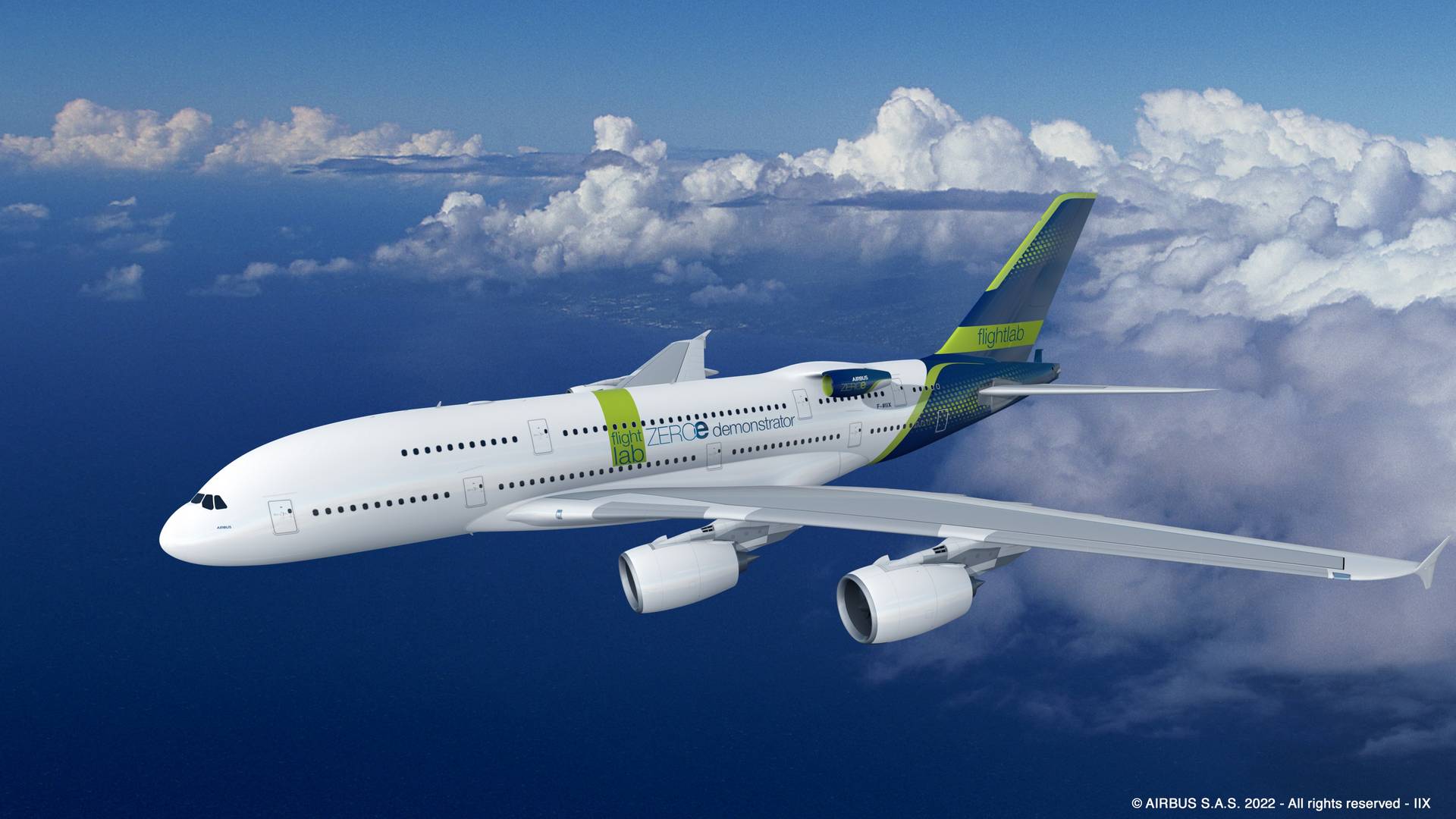
If everything goes to plan, Japan could have its next airliner sometime after 2035. It is unclear if Mitsubishi will lead the project, making some use of the development know-how of the SpaceJet. That’s assuming that at least some of the SpaceJet’s technology can be applied to the hydrogen design.
For some, it is the public-private partnership in this project that may seem worrying. Japan’s first airliner, the NAMC YS-11, wasn’t particularly successful, especially outside Japan, because of bureaucratic obstacles in its production, pricing, and marketing.
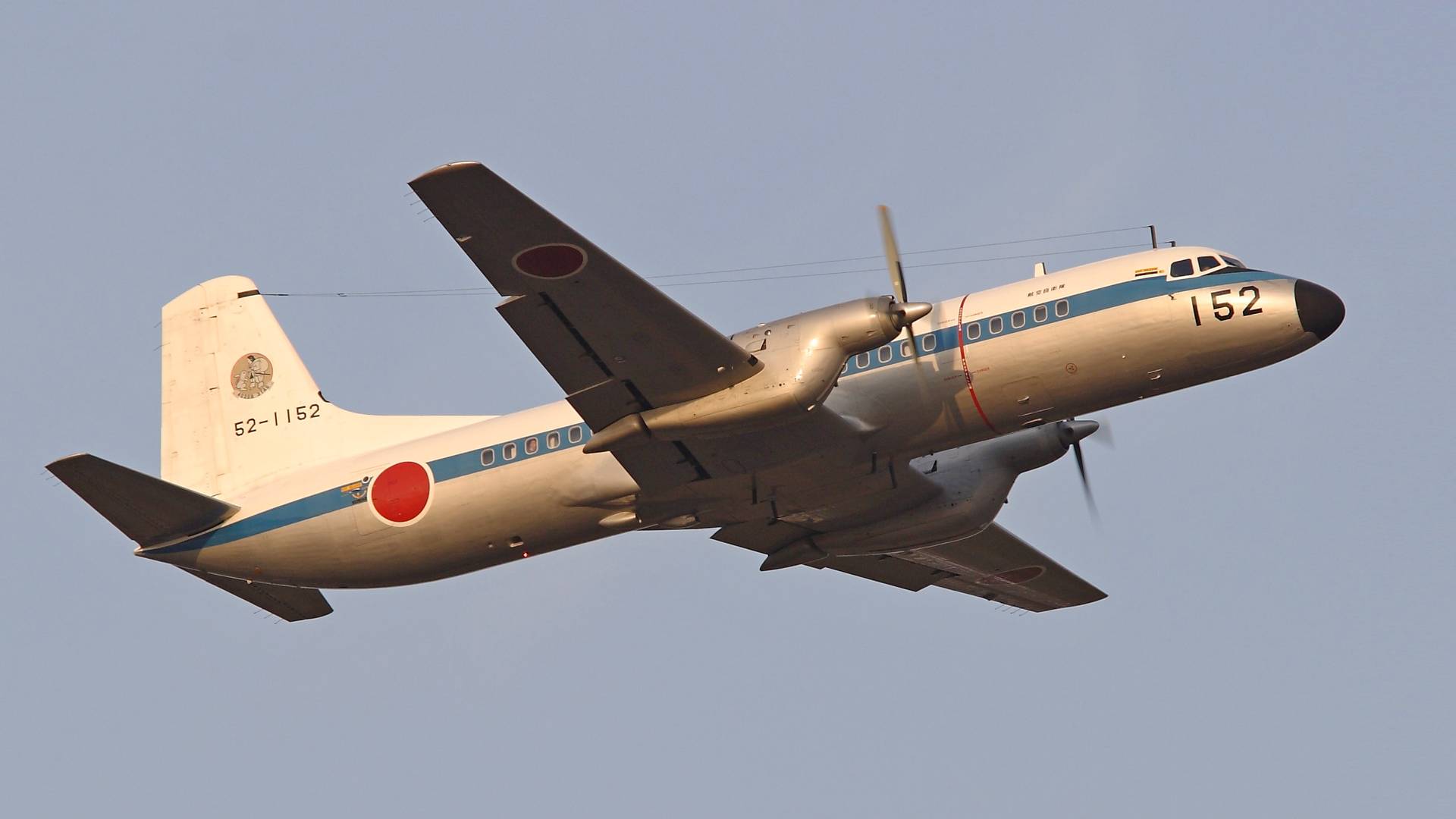
But today, perhaps the technological challenge of developing a hydrogen-powered airliner is greater. Even so, Japan wishes to become an industry leader in the use of hydrogen, making its plans for an airliner a national priority.



